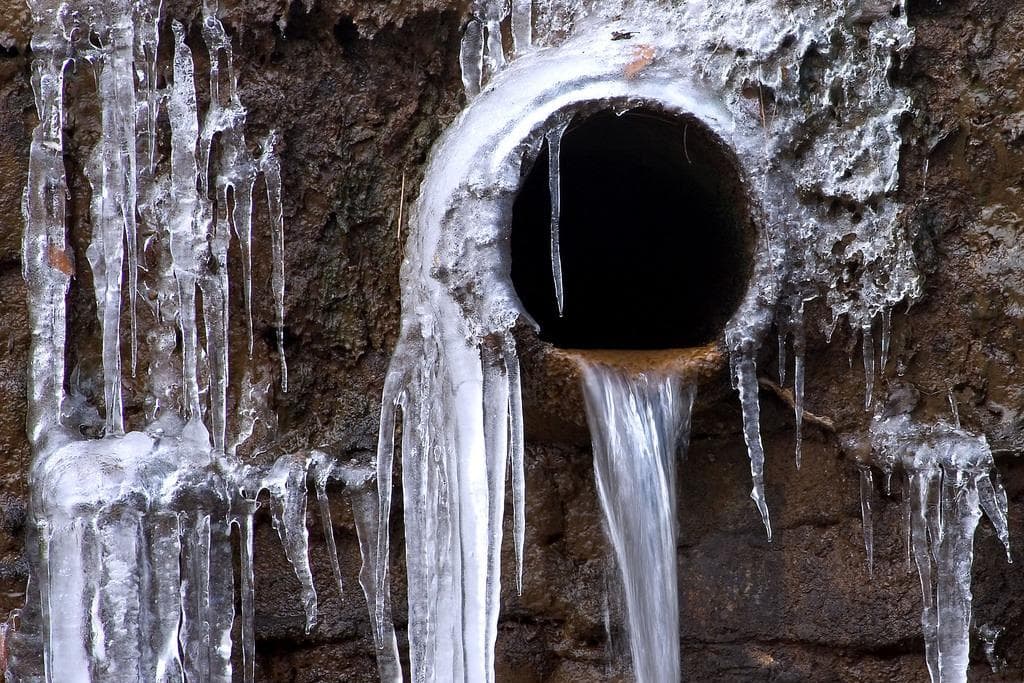Avoiding Frozen Plumbing in Winter: Professional Strategies
Avoiding Frozen Plumbing in Winter: Professional Strategies
Blog Article
Presented here down the page yow will discover a good deal of superb material in relation to 6 Ways to Prevent Frozen Pipes.

Winter can wreak havoc on your pipes, especially by freezing pipelines. Here's exactly how to stop it from occurring and what to do if it does.
Intro
As temperatures decrease, the threat of frozen pipes boosts, possibly leading to costly repair work and water damage. Understanding how to prevent frozen pipelines is vital for homeowners in cold environments.
Avoidance Tips
Insulating susceptible pipelines
Cover pipes in insulation sleeves or utilize warm tape to protect them from freezing temperatures. Concentrate on pipelines in unheated or outside areas of the home.
Heating strategies
Maintain indoor areas appropriately heated up, particularly areas with plumbing. Open up closet doors to permit warm air to distribute around pipes under sinks.
How to identify icy pipelines
Try to find reduced water flow from taps, uncommon odors or sounds from pipes, and noticeable frost on exposed pipes.
Long-Term Solutions
Architectural adjustments
Take into consideration rerouting pipes away from outside walls or unheated areas. Include additional insulation to attics, basements, and crawl spaces.
Upgrading insulation
Purchase high-grade insulation for pipelines, attic rooms, and walls. Correct insulation helps keep constant temperature levels and lowers the danger of icy pipes.
Protecting Outside Pipes
Yard hose pipes and outdoor faucets
Separate and drain garden tubes before winter. Install frost-proof faucets or cover outdoor faucets with insulated caps.
Understanding Frozen Pipes
What triggers pipes to ice up?
Pipelines ice up when subjected to temperatures below 32 ° F (0 ° C) for expanded durations. As water inside the pipes freezes, it expands, taxing the pipeline walls and potentially causing them to burst.
Threats and damages
Icy pipes can bring about water system disturbances, property damage, and expensive repair services. Burst pipes can flood homes and cause considerable architectural damages.
Signs of Frozen Pipeline
Determining icy pipelines early can prevent them from breaking.
What to Do If Your Pipelines Freeze
Immediate activities to take
If you suspect icy pipes, keep taps open up to relieve stress as the ice melts. Make use of a hairdryer or towels soaked in warm water to thaw pipelines slowly.
Verdict
Avoiding frozen pipes needs proactive measures and fast reactions. By comprehending the causes, indicators, and safety nets, homeowners can protect their pipes throughout cold weather.
5 Ways to Prevent Frozen Pipes
Drain Outdoor Faucets and Disconnect Hoses
First, close the shut-off valve that controls the flow of water in the pipe to your outdoor faucet. Then, head outside to disconnect and drain your hose and open the outdoor faucet to allow the water to completely drain out of the line. Turn off the faucet when done. Finally, head back to the shut-off valve and drain the remaining water inside the pipe into a bucket or container. Additionally, if you have a home irrigation system, you should consider hiring an expert to clear the system of water each year.
Insulate Pipes
One of the best and most cost-effective methods for preventing frozen water pipes is to wrap your pipes with insulation. This is especially important for areas in your home that aren’t exposed to heat, such as an attic. We suggest using foam sleeves, which can typically be found at your local hardware store.
Keep Heat Running at 65
Your pipes are located inside your walls, and the temperature there is much colder than the rest of the house. To prevent your pipes from freezing, The Insurance Information Institute suggests that you keep your home heated to at least 65 degrees, even when traveling. You may want to invest in smart devices that can keep an eye on the temperature in your home while you’re away.
Leave Water Dripping
Moving water — even a small trickle — can prevent ice from forming inside your pipes. When freezing temps are imminent, start a drip of water from all faucets that serve exposed pipes. Leaving a few faucets running will also help relieve pressure inside the pipes and help prevent a rupture if the water inside freezes.
Open Cupboard Doors
Warm your kitchen and bathroom pipes by opening cupboards and vanities. You should also leave your interior doors ajar to help warm air circulate evenly throughout your home.

Do you like reading about Prevent Frozen Pipes ? Write feedback directly below. We'd be glad to know your opinion about this content. Hoping to see you back again later on. Those who enjoyed reading our blog post plz be sure to pass it around. We truly appreciate your readership.
Visit Report this page